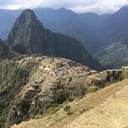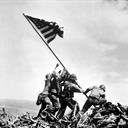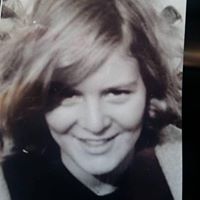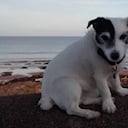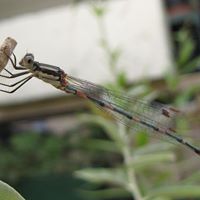Which of these is a 'balaclava'?
A 'balaclava', also known as a 'balaclava helmet' or ski mask, is a form of cloth headgear designed to expose only part of the face, usually the eyes and mouth. Depending on style and how it is worn, only the eyes, mouth and nose, or just the front of the face are unprotected. Versions with a full face opening may be rolled into a hat to cover the crown of the head or folded down as a collar around the neck.
Traditional balaclavas were knitted from wool. Modern versions are also made from silk, cotton, polypropylene, neoprene, acrylic, or polar fleece.This type of headgear was known in the 19th century as an 'Uhlan cap' or a 'Templar cap'.
During the Crimean War in 1854, handmade balaclavas were sent over to the British troops to help protect them from the bitter cold weather. The soldiers required this aid to stay warm, as their own supplies never arrived in time.
According to author Richard Rutt in his book, 'History of Handknitting', the name 'balaclava helmet' was not used during the war but appears much later, in 1881. The name, however, comes from their use at the Battle of Balaclava during the Crimean War, referring to the town near Sevastopol in the Crimea (1853-1856).
More Info:
en.wikipedia.org
